When it comes to seafood, shopping smart at Costco can mean the difference between a healthy, sustainable meal and a questionable catch you’ll regret. With so many options in the freezer aisle, it’s easy to assume you’re making the right choice—but quality, safety, and sourcing can vary widely. Some are responsibly harvested and packed with nutrition, while others raise red flags for mercury levels, environmental harm, or misleading labels. We’ve done the digging for you. Here are 7 Costco fish you can rely on—and 7 that aren’t safe anywhere.
1. Wild-Caught Alaskan Salmon: The Ocean’s Red Gold
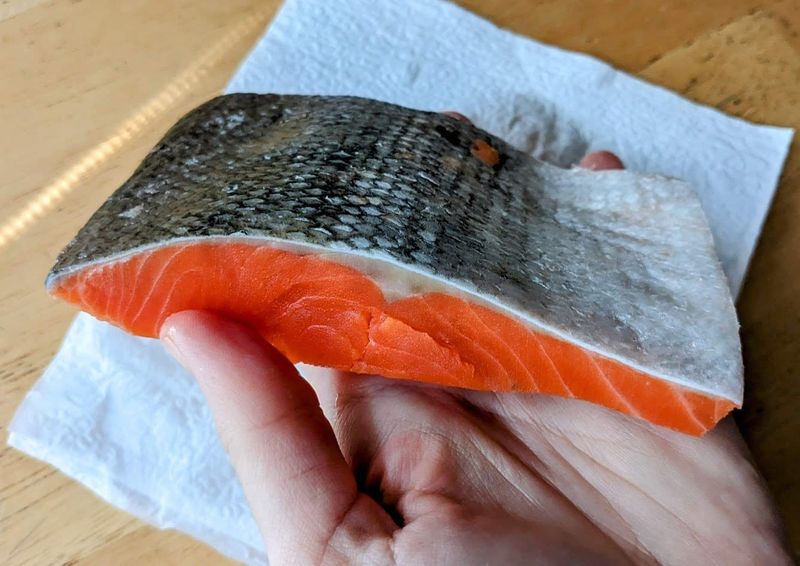
Kirkland Signature Wild Alaskan Sockeye Salmon stands as the crown jewel of Costco’s seafood department. Harvested from the pristine waters of Alaska, these vibrant red fillets deliver exceptional nutrition with each bite.
The fish swim freely in their natural habitat, feeding on natural marine organisms that give them their distinctive rich flavor and firm texture. Unlike farmed alternatives, these salmon contain no antibiotics or artificial coloring.
Alaska’s strict fishing regulations ensure sustainable harvesting practices, protecting salmon populations for future generations while providing you with one of the healthiest protein sources available.
2. U.S. Farmed Shrimp: Clean Crustaceans Worth Catching
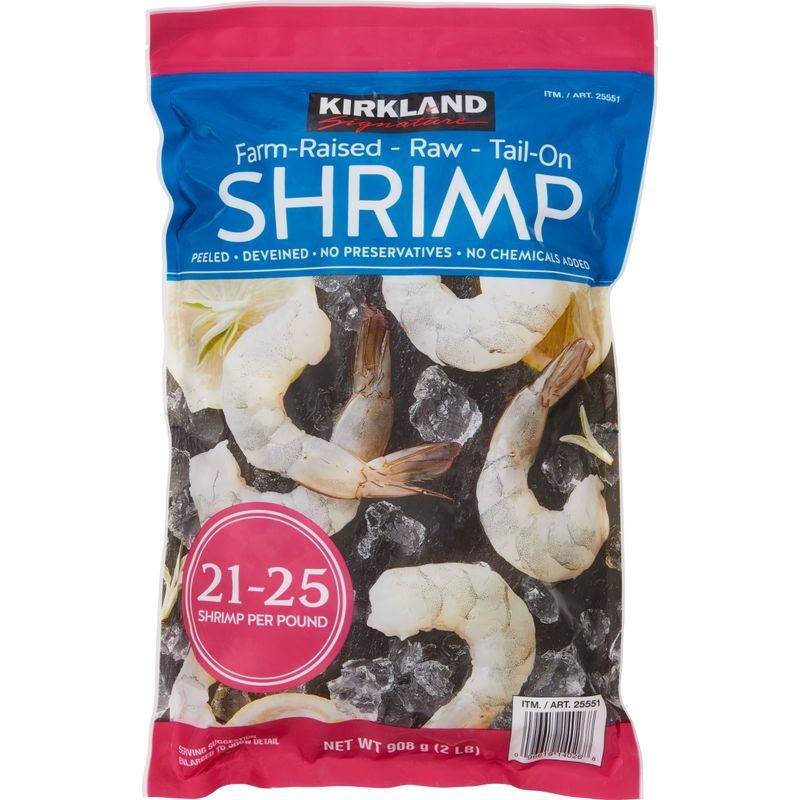
Kirkland Signature shrimp or any shrimp products sourced from American farms like Wood’s Fisheries represent the gold standard in responsible aquaculture. These plump, sweet crustaceans are raised in carefully controlled environments without the concerning practices common in overseas operations.
American shrimp farmers follow strict regulations regarding antibiotic use, water quality, and feed ingredients. The result is a cleaner-tasting shrimp with a snappier texture that beautifully absorbs flavors in cooking.
By choosing U.S.-farmed options, you support domestic jobs while avoiding the environmental damage and potential contamination issues associated with imported alternatives.
3. Pacific Cod: The Versatile Kitchen Staple
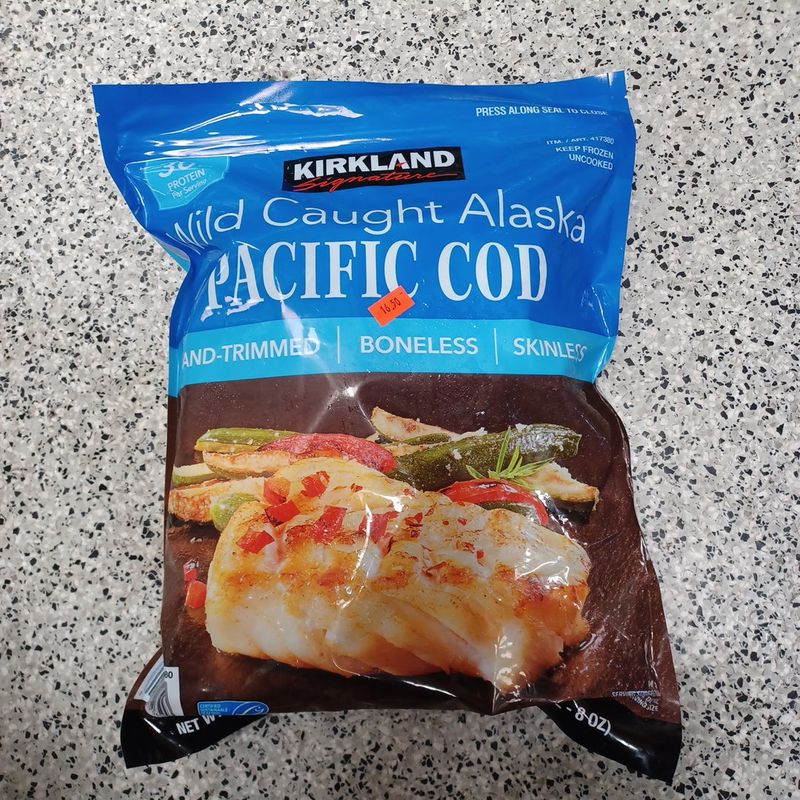
Kirkland Signature Wild Pacific Cod delivers everything you want in a white fish – mild flavor, delicate flakes, and remarkable versatility in the kitchen. Sourced from well-managed Pacific fisheries, it represents a sustainable choice that doesn’t compromise on quality.
The tender fillets hold together beautifully whether baked, broiled, or fried, making them perfect for fish tacos, chowders, or simple lemon-butter preparations. Children often prefer cod’s gentle taste over stronger-flavored fish varieties.
Look for the Marine Stewardship Council certification on packaging, confirming the fish comes from responsibly managed waters with minimal environmental impact.
4. U.S. Farmed Rainbow Trout: Clear Water Champion
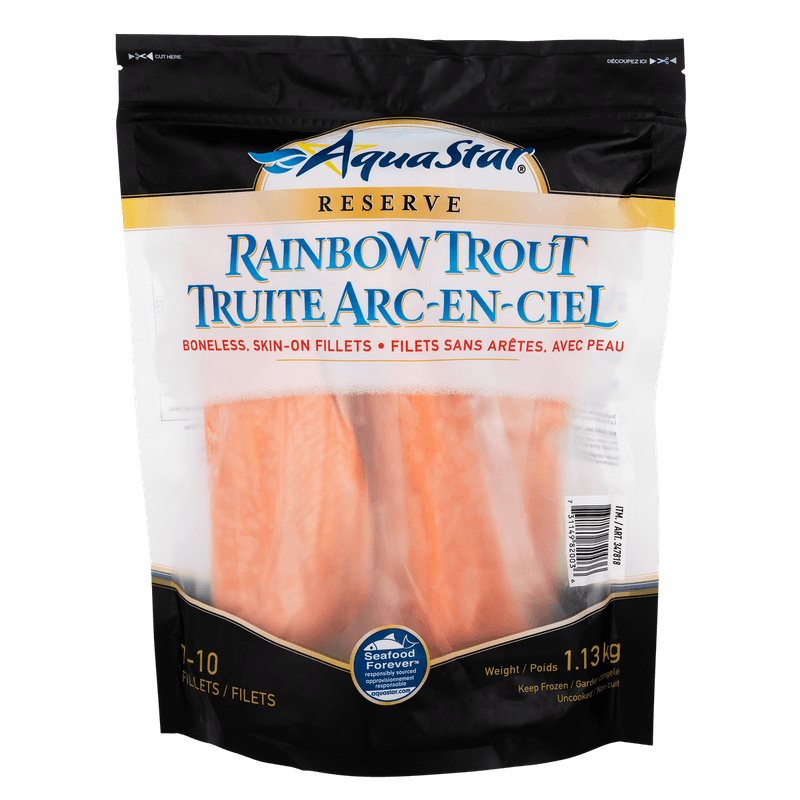
Aqua Star rainbow trout from Idaho’s crystal-clear springs represent aquaculture at its finest. These freshwater beauties thrive in flowing water systems that mimic their natural habitat while minimizing environmental impact.
The pink-orange flesh offers a mild, nutty flavor with enough richness to satisfy without overwhelming the palate. Idaho’s strict environmental standards ensure these fish are raised without hormones or preventative antibiotics, resulting in clean protein you can feel good about serving.
Each fillet comes already deboned, making this an especially convenient option for quick weeknight dinners when time is limited but nutrition remains a priority.
5. Shellfish Treasures: Nature’s Perfect Packages
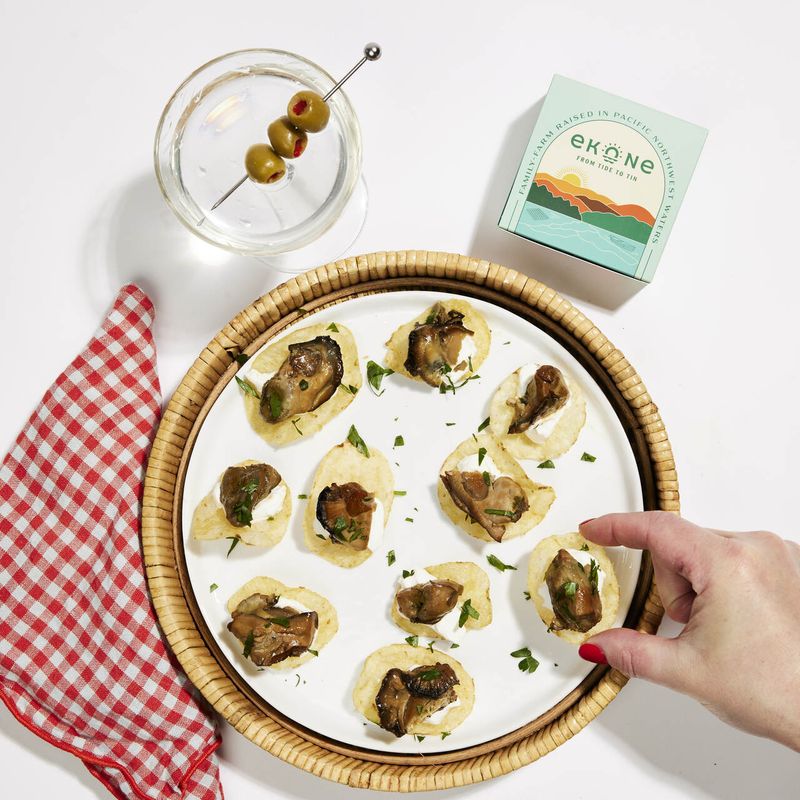
Products like Ekone Original Smoked Oysters showcase the best of sustainable shellfish harvesting. These little powerhouses of nutrition come from carefully monitored coastal waters where they actually improve water quality by filtering it as they feed.
Mussels, clams, and oysters require no feed inputs or antibiotics, making them among the most environmentally friendly protein sources available. Their farming creates minimal disturbance to natural ecosystems while producing delicious seafood rich in zinc, iron, and B-vitamins.
Costco’s shellfish undergoes rigorous testing for contaminants and harmful bacteria, ensuring you can enjoy these briny delicacies with confidence in both their safety and sustainability.
6. Sardines: Tiny Fish, Mighty Benefits
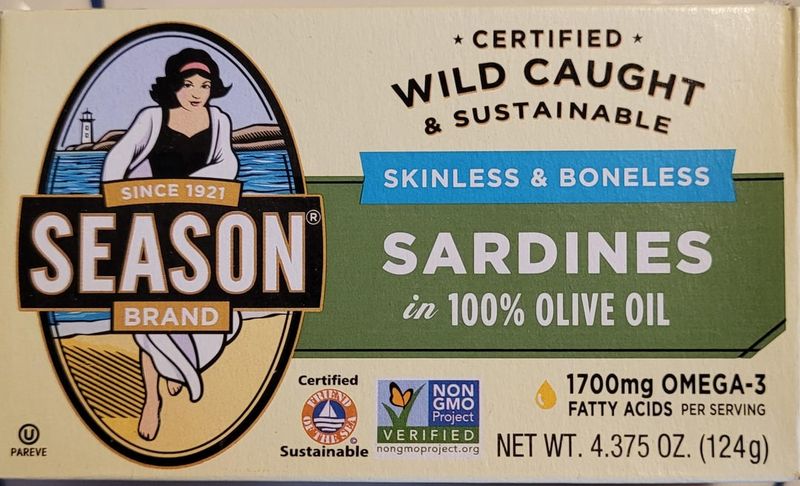
Season Brand Sardine Fillets at Costco pack tremendous nutrition into small, sustainable packages. These diminutive fish mature quickly and reproduce abundantly, making them one of the most environmentally sound seafood choices available today.
Caught wild off Cornwall’s coast and packed in high-quality olive oil, these tender fillets deliver impressive amounts of omega-3 fatty acids, vitamin D, and calcium (when you eat the soft, edible bones). Their bold flavor works wonderfully on crackers, in pastas, or atop salads for a protein boost.
Unlike larger predatory fish, sardines contain minimal mercury or other contaminants due to their position lower on the food chain.
7. Barramundi: The Better Fish Indeed
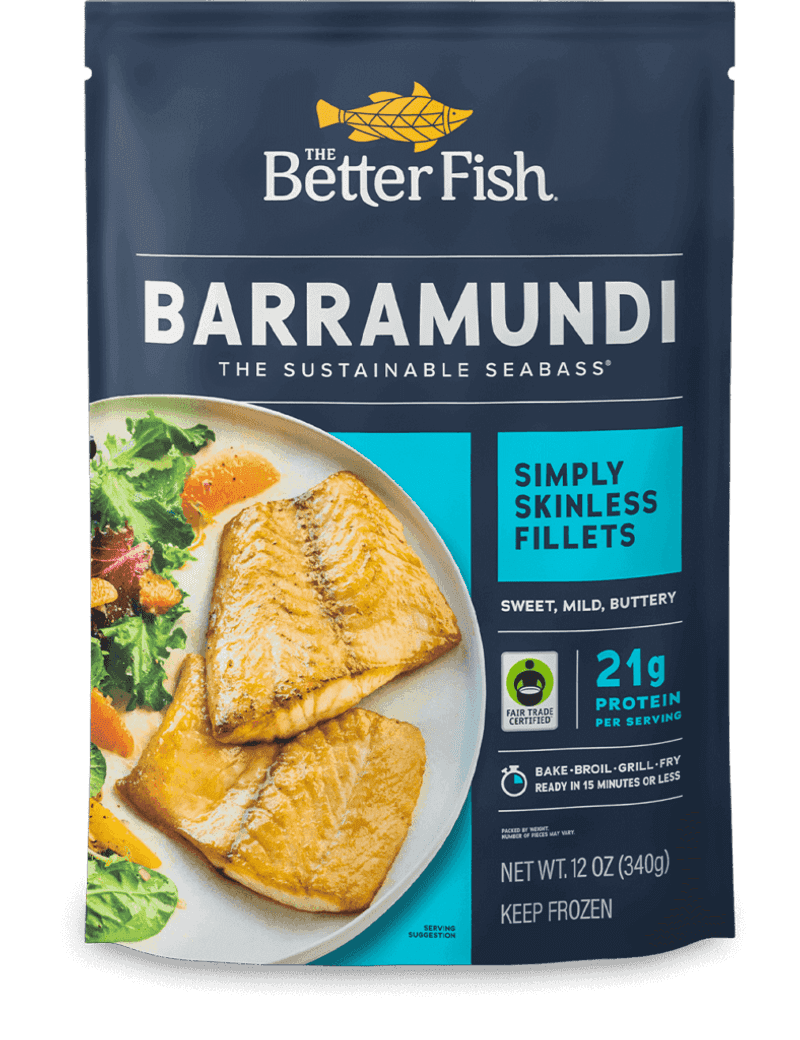
The Better Fish® Barramundi by Australis represents the future of responsible aquaculture. Raised in innovative closed systems that prevent waste from entering natural waterways, these fish offer a delicious alternative to less sustainable white fish options.
The mild, buttery flesh contains more omega-3s than many other white fish varieties without the fishy aftertaste that turns some diners away. Barramundi’s firm texture holds up beautifully to various cooking methods, from grilling to pan-searing to baking.
As a bonus, these fish convert feed to protein more efficiently than many farmed species, reducing their resource footprint while delivering exceptional taste and texture.
8. Farmed Atlantic Salmon: The Pink Problem Child
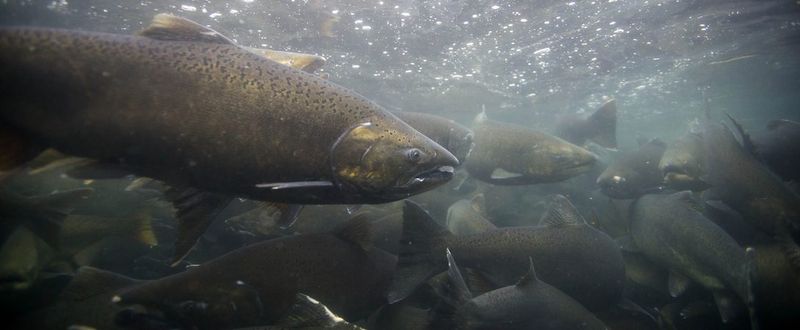
The vibrant pink color that makes farmed Atlantic salmon look appetizing often comes from artificial coloring added to their feed. Without it, the flesh would be an unappetizing grayish hue due to their unnatural diet and confined living conditions.
These fish typically live in crowded sea cages where waste, parasites, and diseases concentrate, requiring antibiotics and pesticides to control. When storms damage these enclosures, escaped salmon threaten wild populations by competing for resources and introducing diseases.
Even premium options like Tasmanian salmon face similar environmental challenges despite industry claims of sustainability. The environmental price tag makes this a fish better left in the freezer case.
9. Imported Shrimp: A Cocktail of Concerns
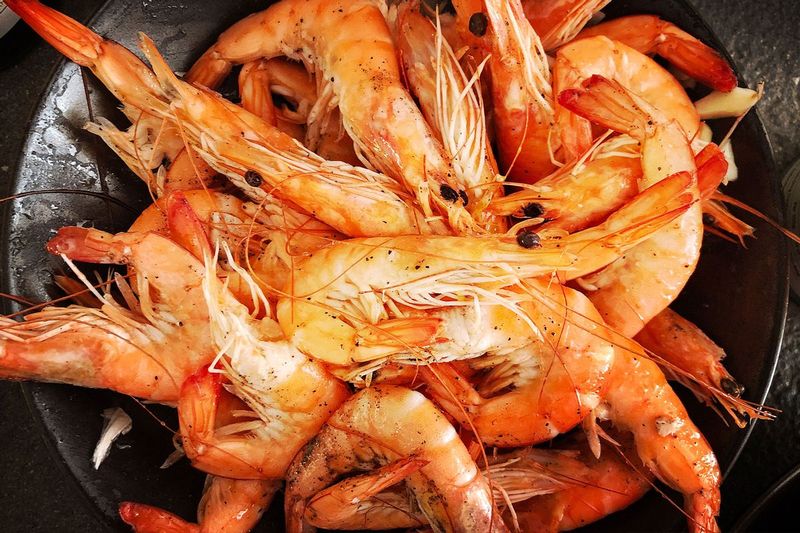
Those bags of frozen shrimp from Southeast Asia come with hidden costs far beyond their bargain price tags. Mangrove forests, essential coastal ecosystems that protect communities from storms and serve as fish nurseries, are routinely destroyed to make way for shrimp farms.
Workers on these farms often endure exploitative conditions, with documented cases of forced labor and child workers in the industry. The crowded ponds breed disease, leading to heavy antibiotic use that creates resistant bacteria while leaving residues in the final product.
Chemical treatments to prevent disease and improve appearance further compromise both environmental and human health safety standards.
10. Swordfish: Mercury’s Favorite Host
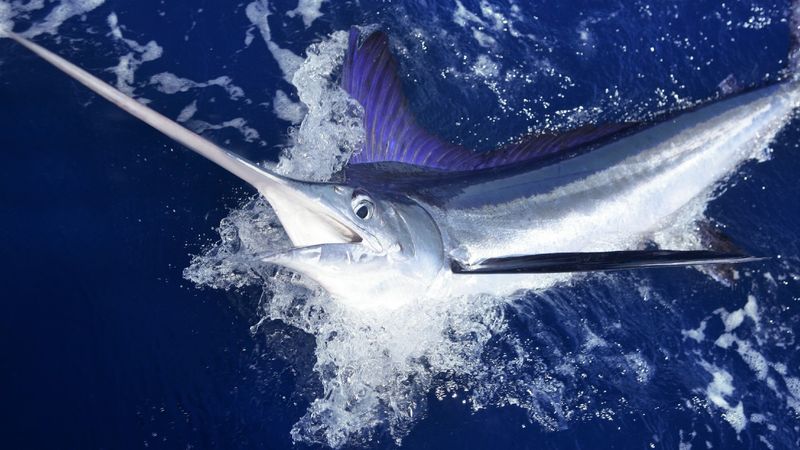
The meaty, steak-like texture that makes swordfish popular also signals danger. As long-lived predators at the top of the marine food chain, swordfish accumulate significantly higher levels of mercury than smaller, shorter-lived species.
This neurotoxin poses particular risks to developing nervous systems, making swordfish a no-go for pregnant women, nursing mothers, and young children. Even healthy adults should limit consumption to avoid potential cognitive impacts and other health concerns associated with mercury exposure.
Beyond health considerations, many swordfish populations face pressure from overfishing and high bycatch rates that harm sea turtles, sharks, and marine mammals during harvest.
11. Atlantic Cod: A Fishery on the Brink
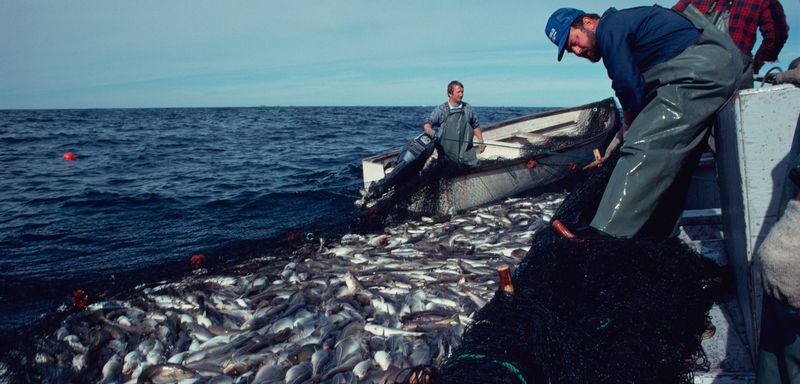
Once so abundant that early European explorers claimed they could walk across the Atlantic on the backs of cod, this iconic fish now represents one of fishing’s greatest cautionary tales. Despite decades of conservation efforts, many Atlantic cod populations remain severely depleted from historical overfishing.
The collapse of cod stocks devastated fishing communities across New England and Maritime Canada, with economic and cultural impacts still felt today. Recovery proves painfully slow due to changing ocean conditions and continued fishing pressure.
Pacific cod offers a more sustainable alternative with similar culinary properties, making Atlantic cod an unnecessary choice given its troubled conservation status.
12. Tank Lobsters: Stressed Shellfish Tell All
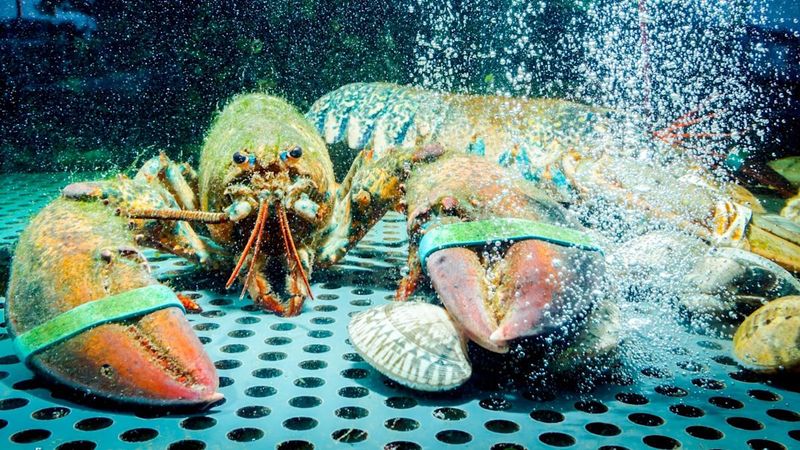
Those lobsters languishing in grocery store tanks suffer from stress that significantly impacts both their welfare and your dining experience. Crowded into brightly lit tanks with improper water conditions, these crustaceans experience physiological stress that degrades their meat quality long before cooking.
The claw bands prevent natural movement and behavior, while the unnatural environment causes additional distress. Many spend weeks in these conditions, depleting their energy reserves and producing stress hormones that affect flavor.
Fresh, properly handled lobster meat should be sweet and tender – qualities increasingly rare in specimens subjected to extended tank confinement. For better quality, consider flash-frozen options or visit specialized seafood markets with proper handling practices.
13. Chinese Tilapia: The Dirty Truth Behind Clean Fillets
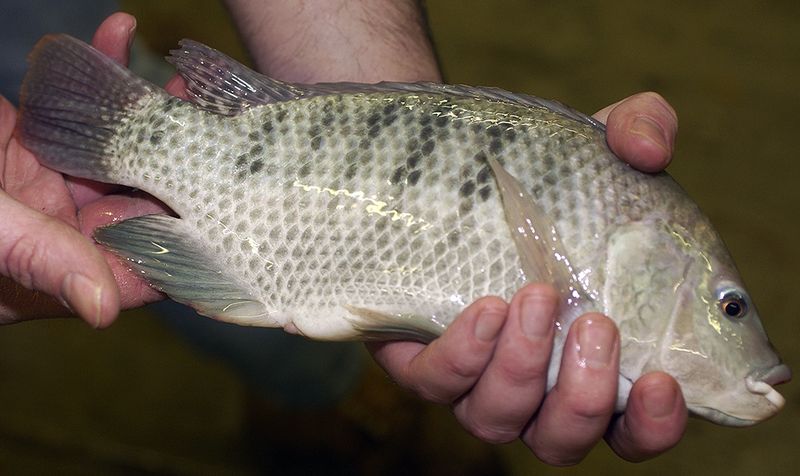
Those perfectly uniform, snow-white tilapia fillets from China hide a murky past. Often raised in ponds fertilized with animal waste and located near industrial areas, these fish may absorb environmental contaminants throughout their development.
Antibiotics banned in U.S. aquaculture frequently appear in Chinese operations, creating concerns about antibiotic resistance and residues. Testing has revealed concerning levels of chemicals including malachite green, a fungicide and potential carcinogen prohibited in food production.
American and Central American tilapia farms generally maintain higher standards, making origin crucial when selecting this fish. Check packaging carefully – the country of origin matters significantly for both safety and environmental impact.
14. “White Tuna” (Escolar): The Fish That Causes Digestive Distress
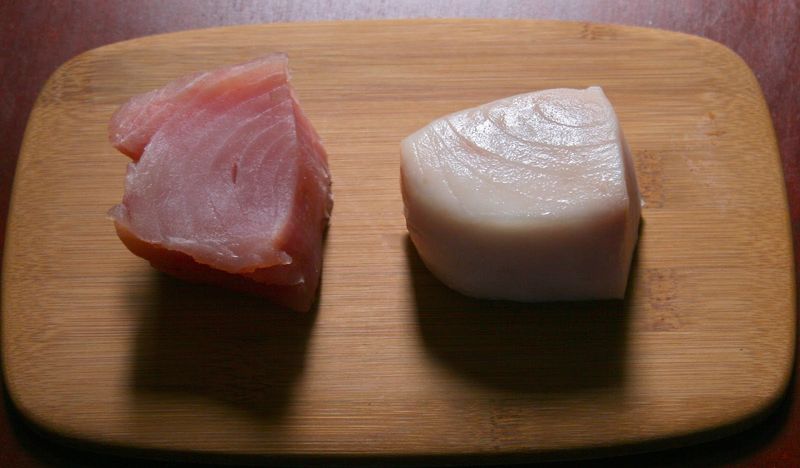
That buttery “white tuna” offered at sushi counters often isn’t tuna at all, but escolar – a completely different species with a troubling secret. This fish contains indigestible wax esters that can trigger explosive digestive reactions nicknamed “keriorrhea” by unfortunate diners who consume more than a small amount.
Some countries, including Japan and Italy, have banned escolar outright due to these effects. In the U.S., FDA guidelines recommend clear labeling, but misidentification remains common in restaurants and markets.
The fish’s rich, buttery texture makes it commercially appealing, but the potential for severe gastric distress far outweighs any culinary benefits. Genuine albacore tuna provides a safer alternative with similar culinary applications.
Leave a comment